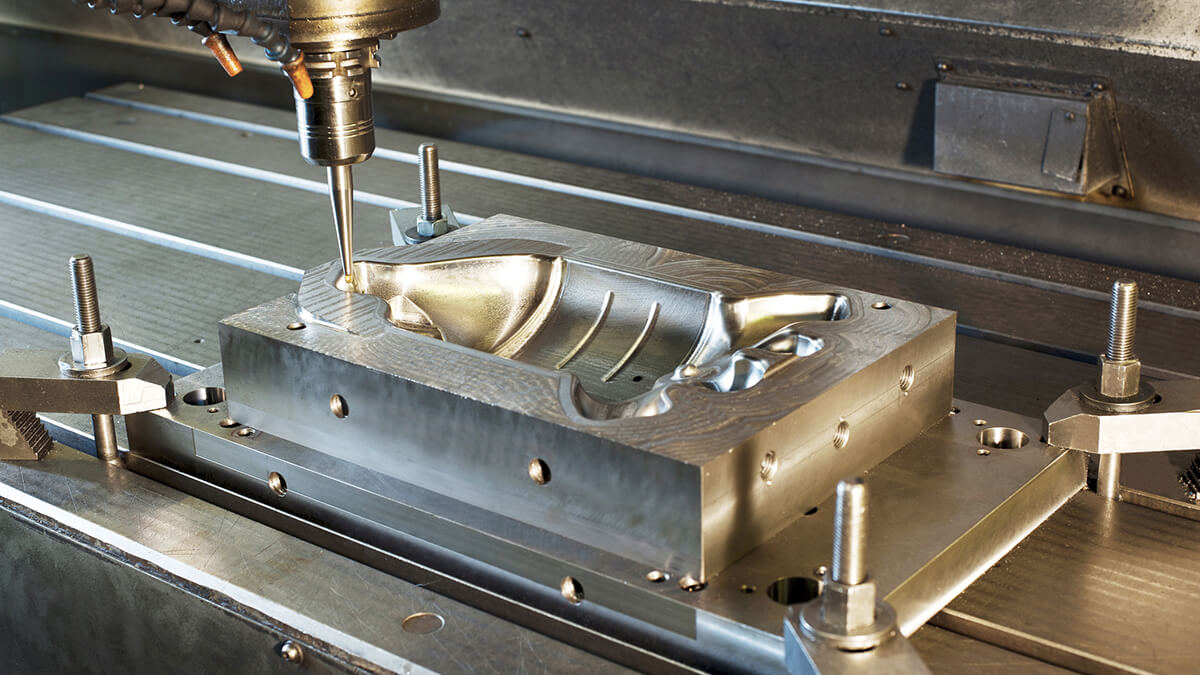Aluminum casting has long been a crucial manufacturing process across various industries, from automotive and aerospace to consumer electronics and construction. It involves melting aluminum and pouring it into molds to create complex and precise components. Over the years, innovations in A356 Aluminum Casting technology have revolutionized the industry, making it more efficient, sustainable, and capable of producing high-quality parts. In this blog, we will explore some of the exciting advancements in aluminum casting technology that are shaping the future of manufacturing.
- 3D Printing for Aluminum Casting
One of the most significant innovations in aluminum casting technology is the integration of 3D printing, also known as additive manufacturing. This technology enables the creation of intricate and lightweight designs that were previously impossible to achieve using traditional casting methods. 3D-printed sand molds and cores are now commonly used in aluminum casting, allowing for faster prototyping and the production of highly complex geometries.
The advantages of 3D printing in aluminum casting include reduced lead times, minimal material waste, and the ability to create customized components for specific applications. This innovation has opened up new possibilities for design optimization and lightweighting, making it a game-changer for industries like aerospace and automotive.
- High-Pressure Die Casting (HPDC)
High-pressure die casting (HPDC) is another innovation that has significantly improved aluminum casting processes. HPDC involves injecting molten aluminum into a die at high pressure, resulting in highly accurate and intricate parts with excellent surface finishes. This method is particularly popular in the automotive industry for producing lightweight and structurally sound components such as engine blocks and transmission housings.
HPDC offers several advantages, including reduced porosity in castings, improved mechanical properties, and the ability to produce thin-walled parts with tight tolerances. Additionally, the process is highly automated, leading to increased production efficiency and consistency.
- Vacuum Assisted High-Pressure Die Casting (VA-HPDC)
A further advancement in aluminum casting technology is vacuum-assisted high-pressure die casting (VA-HPDC). This method combines the benefits of HPDC with a vacuum system that removes air and gases from the mold cavity before injecting the molten aluminum. By eliminating trapped air, VA-HPDC reduces porosity, enhances the mechanical properties of the castings, and minimizes defects.
The aerospace and defense industries have embraced VA-HPDC for producing critical components that demand exceptional quality and reliability. The reduction in defects and improved structural integrity make it an ideal choice for applications with stringent performance requirements.
- Low-Pressure Permanent Mold Casting
Low-pressure permanent mold casting is an innovation that bridges the gap between sand casting and high-pressure die casting. In this process, molten aluminum is poured into a reusable steel mold under low pressure. The controlled environment and reduced turbulence result in high-quality castings with minimal porosity and excellent dimensional accuracy.
This technology is gaining popularity in industries like electronics and consumer goods, where tight tolerances and surface finishes are essential. It offers a cost-effective alternative to high-pressure die casting for medium to high-volume production runs.
Conclusion
Innovations in aluminum casting technology have transformed the way we manufacture components across various industries. From the integration of 3D printing to advancements in high-pressure die casting and the development of vacuum-assisted techniques, these innovations have improved the efficiency, sustainability, and quality of aluminum castings. As technology continues to advance, we can expect even more exciting developments in aluminum casting, further expanding its applications and capabilities in the world of manufacturing.
